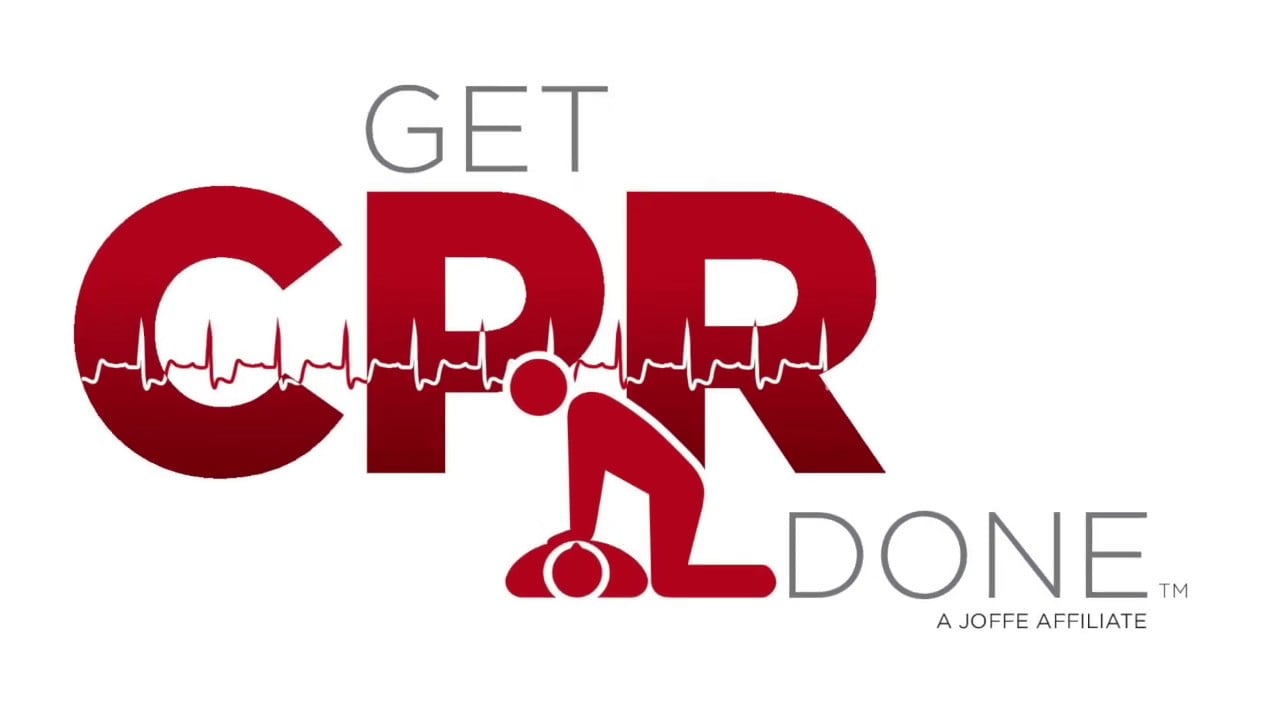Long answer short, it depends.
So, imagine the worst has happened. Your dog has gotten themselves into some sort of mischief, and they aren’t breathing, or they don’t have a pulse. You think your fuzzy lil buddy might be taken away from you, and you start to panic. Then, you may calm yourself down enough to think to give your dog CPR. You’re pretty sure dog CPR is a thing, you think you saw a video about it on facebook last week, or something. Besides, CPR saves human lives, so it should save your dog’s life too, right?
Those are all good thoughts, and I’m glad that even though you’re both having such a ruff time…(excuse the pun) your mind is clear enough to think that far.
However, jumping right ahead to performing CPR on your fuzzy friend isn’t the best idea, especially if you try to do the procedure the same way you would on a human. If you aren’t careful, you could harm your dog more than help them.
Does the Dog Need CPR in the First Place?
Cardiopulmonary resuscitation (CPR) works on both the heartbeat and the lungs, so the first thing you’re going to want to check is that the dog has BOTH no pulse AND no breath.
In order to check a dog’s pulse, you need to put a hand or ear, to either the dog’s chest, or inner thigh, where the back leg meets the rest of the body. You might sometimes have trouble feeling the pulse in the chest, but the inner thigh is a very reliable backup.
Now for the breathing. A dog’s breath can be very quiet and slight in a weakened or normal state. So, if you can’t hear or feel the dog’s breath right away, check if their chest is rising and falling. If that, too, fails, try checking for different signs of a lack of oxygen: discoloration of skin and gums, coughing, gagging, or collapse.
Again, make sure that there isn’t some other cause to your dog’s collapse. If you do CPR on a dog that does not need it, you risk doing further, and possibly fatal, damage to a body that’s already weakened. If your dog resists the procedure, they may not need it.
Ok, I’m Sure the Dog Needs CPR, How do I do it?
For small dogs or puppies, under 30 pounds:
1. Lay the dog on a flat surface with their right side up against the surface so their heart is facing up. Make sure they have a clear breathing passage, as straight as possible and free from blockages. Cup your palms and hold the dog with one palm on either side above the heart region. If you want or need to do the procedure one handed, you can also place your thumb on one side of their chest and place the fingers on the other.
2. Compress the chest from one-quarter to one-third the width of the chest for a count of one and then let go for a count of one. Continue at a rate 15 compressions per 10 seconds. Or, if you don’t want to count, compress to the beat of Stayin’ Alive by the Bee Gee’s.
3. If only one person is available, breathe into the dog’s nose once every five compression. If you have someone to team up with, have them breathe into the dog’s nose once every two or three compressions.
4. Keep going until the dog begins breathing on its own and the pulse steadies.
For larger dogs, over 30 pounds:
1. Lay the dog on a flat surface with their right side up against the surface so their heart is facing up. Make sure they have a clear breathing passage, as straight as possible and free from blockages. (You will need to stand towards the dog’s back for this one.)
2. Place your palms, one on top of the other, on the dog’s rib cage. They should be near, but not directly on top of, the dog’s heart.
3. Without bending either elbow, press the rib cage down.
4. Compress the chest one-quarter to one-third the width of the chest for a count of one, and then let go for a count of one. Carry on at a rate of 17 compressions per 10 seconds, or Stayin Alive but ever so slightly faster.
5. Close the dog’s mouth before you start breathing into their nose. If only one person is available, breathe into the dog’s nose once every five compressions. If you can team up with a friend, (or an enemy, who cares at this point, you have a dog to save), breathe into the dog’s nose once every two compressions.
6. Keep going until the dog begins to breathe and has a steady pulse.
CPR is a wonderful and life saving procedure for both our human and canine pals, but it isn’t a cure-all. Before or while you perform CPR, please call the nearest emergency 24 hour vet or animal hospital near you. And if you’ve been performing CPR on your pet for 10 minutes or longer with no response, I’m sorry, but there’s nothing more that can be done.
I hope you and your pets have safe and healthy lives. And if your fuzzy buddy does have an accident, I hope this guide can be of help.
Have an awesome day!
~Rebecca
Sources:




